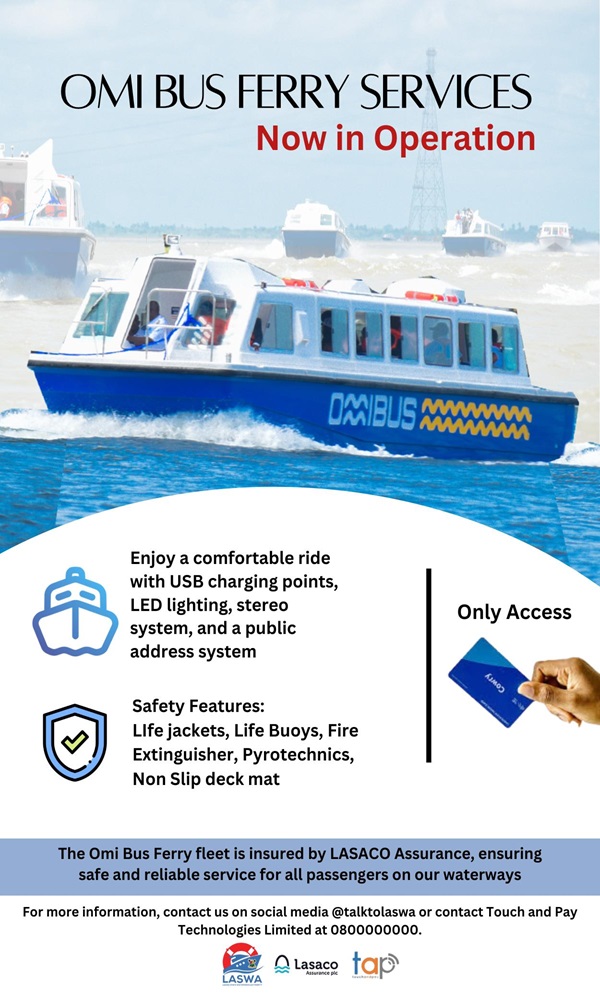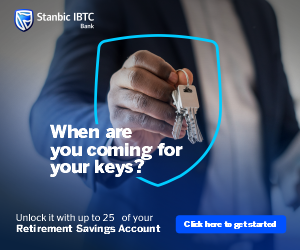- Connecting schools to the internet can improve digital access, skills and educational outcomes regardless of geography, with knock-on benefits for society
- School internet connectivity is also linked to GDP – in some countries there is potential to increase GDP by up to 20 percent by connecting schools
- Ericsson calls on industry to join efforts with governments and Giga to close the digital divide and leverage the benefits of global connectivity
One year after Ericsson entered a global partnership with UNICEF to support the Giga Initiative’s school connectivity mapping efforts, the initiative has reached a major milestone in mapping the location and connectivity status of one million schools.
Giga – founded by UNICEF and the International Telecommunication Union (ITU) in 2019 – aims to connect every school to the internet by 2030 and every young person to information, opportunity, and choice.
Mapping schools is a key pillar of Giga as it helps provide an understanding of the scale of investment, actions and partnerships needed to bridge the digital divide and provide all school children around the world with access to digital learning opportunities.
Ericsson’s support for the initiative is in line with the company’s vision to create a world in which limitless connectivity improves lives – including school and learning opportunities – redefines business and pioneers a sustainable future.
Over the past year, Ericsson has provided funding and applied data science to help map internet coverage in schools across seven countries. Along with contributions from multiple partners, this has helped Giga accelerate the mapping work and pass the one-million-school milestone. Under the partnership, Ericsson has committed to help map connectivity in schools across 35 countries by the end of 2023, supporting Giga’s ambition of mapping every school in the world.
Read Also: UNICEF, EU to provide psychosocial services for 5.129 children in Borno
School connectivity breeds opportunity and fosters inclusivity
Giga works on the premise that connecting schools to the internet is one of the most impactful ways of improving life chances. Through school connectivity children have access to a wider pool of information, a range of learning styles and receive a higher standard of education.
The improvement in learning and the understanding of technology which results from an internet-enabled education is vital to improving digital literacy and closing the digital divide. A workforce that has been educated to this higher standard is more likely to be innovative and foster ground-breaking ideas, leading to economic development and job creation.
The Economist Intelligence Unit (EIU) report – Connecting Learners: Narrowing the Educational Divide – sponsored by Ericsson in support of UNICEF, found that nations with low broadband connectivity have the potential to realize up to 20 percent GDP growth by connecting schools to the internet, if access is affordable and accompanied by investment in skills, content and devices.
While progress has been achieved in the first year of the partnership, to meet this global challenge, collective action is needed. Ericsson is calling on internet service providers and political stakeholders to join Giga and donate their time and resources to accelerate the bridging of the digital divide.
Heather Johnson, Vice President, Sustainability and Corporate Responsibility, Ericsson, says: “According to the ITU, 369 million young people don’t have access to the internet and 260 million children aged 5-16 receive no schooling. This results in exclusion and fewer resources to learn and limits future potential for many young people. Mapping schools is a crucial first step in connecting every school to the internet and every student to opportunity and choice.”
Johnson adds: “This milestone of over one million schools mapped is a testament to the power of public private partnerships. It’s the first step to achieving universal school connectivity. But there is more to be done and the industry must come together to play its part in closing the digital divide.”
Building on a decade of digital inclusion
For more than a decade, Ericsson has worked to promote digital inclusion and increase opportunities for education worldwide. Ericsson’s partnership with UNICEF, in support of Giga, reflects the ambitions of Ericsson Connect To Learn, which aims to empower teachers, students and schools with technology to deliver a quality education that’s accessible to all.
This partnership with UNICEF has seen Ericsson commit resources for data engineering and data science capacity to accelerate school connectivity mapping. Ericsson lends technical expertise and assistance to the collection, validation, analysis, visualization and monitoring of school connectivity data. This data enables governments and the private sector to design and deploy digital solutions that enable online learning for children and young people.
Chris Fabian, Co-Lead Giga, UNICEF, says: “Ericsson’s expertise has helped Giga’s data science team build better models for school connectivity. Technical partnerships, like this one, are vital to Giga as we create an open-source resource of school locations and connectivity that, as of today, includes more than one million schools.”

























